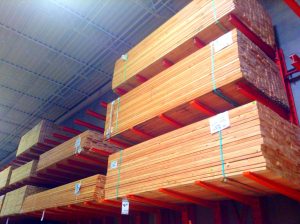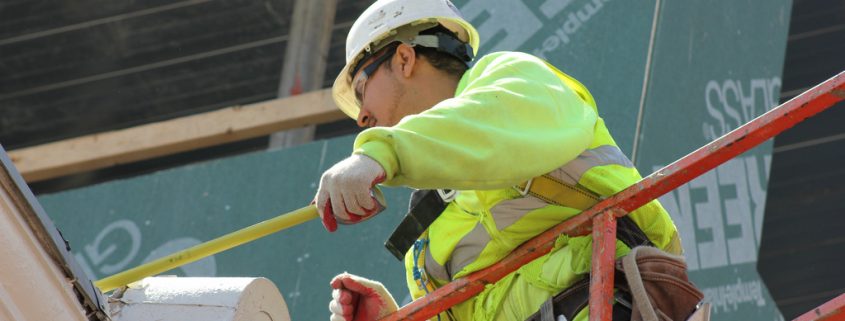Labor and Materials in Short Supply
 Labor and materials are essential to the order and success of the construction industry. When there is an interruption in the supply of labor or construction materials, projects can be delayed. When labor and materials are in short supply, building projects require an especially creative design approach to reduce delays and avoid higher costs.
Labor and materials are essential to the order and success of the construction industry. When there is an interruption in the supply of labor or construction materials, projects can be delayed. When labor and materials are in short supply, building projects require an especially creative design approach to reduce delays and avoid higher costs.
Skilled Labor Shortage
Skilled laborers are in great demand. Electricians, plumbers, mechanical and piping trades, masons, iron workers and more are all critical to quality construction. These members of the building trades are highly trained and many bring years of on-the-job experience to our projects. As such, they are valued members of the team. We rely in part on the good judgment of skilled laborers for a quality end-product.
During the Great Recession of 2008-12, there was little work for skilled laborers. Building trades suffered from a lack of work due to the crisis in the housing industry. Although many skilled tradesmen do not work in the housing sector, its demise led to a crisis in all lending for construction. Basically, traditional sources of construction financing, such as banks, were not lending money for construction projects. Skilled laborers were forced out of the industry in droves. Up to 1/3 of architects also were out of work according to the American Institute of Architects. Others were struggling with under-employment and just scraped by.
Subsequent to the Recession, lenders began easing restrictions on lending. Quality developers were able to borrow money at favorable rates. Gradually, developers began building again. Unfortunately, by this time, many laborers had left the field for others career options. In addition, the discovery of enormous oil and natural gas reserves in the Dakotas spurred development there. Workers from all areas of the country were drawn there, leaving a vacuum in their previous locations. Workers from Europe and Mexico also returned home for better opportunities.
 Building Material Shortage
Building Material Shortage
Building materials were also affected by the Great Recession. Prior to the recession, building materials, construction tools and equipment were readily available at local suppliers. During this time, improvements in lean manufacturing and supply chain management began to reduce the local availability of construction materials. Businesses, who were increasingly feeling the pinch during the recession, reduced inventories to reduce their carrying costs. In this way, businesses were able to reduce their interest on borrowed money and insurance cost for stored materials.
Today, no one carries inventory. Suppliers have lower borrowing costs and warehousing, but they are not able to respond to peak demand as readily as in the past.
Building material availability is also impacted by weather events. Severe weather can have an impact on material production, shipping, and on construction project progress. For instance, when there is a hurricane, plywood is in high demand for board-ups in the affected areas. Good luck finding it elsewhere. Snow and rain storms can hamper delivery of materials to construction sites. Natural materials may be ruined by severe weather.
During Shortages, A Creative Approach is Effective
Inevitable project delays can come about as a result of labor or material shortages. We approach these situations in a creative, responsible manner that is in the client’s best interest.
In the case of material shortages, we may have to substitute alternate materials in order to keep projects on schedule. Labor shortages are equally difficult on construction projects and we may specify alternate labor options by trades who are in greater supply. For instance, we recently modified a project from masonry to on-site precast concrete construction because of the shortage of masons in our project’s location.
This sometimes happens with construction projects in remote areas that do not have reliable site access or utilities, like power or water.
Labor and materials are essential to the order and success of construction projects and the industry itself. A creative approach to construction projects is essential when the supply of labor or construction materials is interrupted. In this way, we are able to reduce project delays and avoid higher construction costs.



